TOKYO SKYTREE: Fusing Japanese Aesthetics And Cutting-Edge Technology

TOKYO SKYTREE, recognized as the world’s tallest tower in 2011, is a landmark built with cutting-edge technology that incorporates traditional Japanese culture. This article will introduce some lesser-known features of its impressive structural design and the best ways to marvel at this tower!
TOKYO SKYTREE: A Marvel of Architecture

Picture courtesy of Tokyo Skytree Town
TOKYO SKYTREE is a broadcasting tower that was recognized by the Guinness World Records Company as the world’s tallest building in 2011. This Tokyo landmark is beautiful both up close and from a distance. For some visitors, the attraction to its sublime structure feels like a mysterious gravitational pull.
NIKKEN SEKKEI LTD is the company behind the free-standing tower's futuristic design. Known for their use of cutting-edge technologies, the architectural firm was awarded the Japan Institute of Architects' (JIA) Architecture Award in 2013 and the Architectural Institute of Japan (AIJ) Award in 2015.
In this article, we introduce the features of TOKYO SKYTREE’s unparalleled structural design. We hope that you will enjoy your visit even more thanks to this in-depth look!
Book your ticket to Tokyo Skytree's Observation Deck
The Three Vital Roles of TOKYO SKYTREE

The main role of TOKYO SKYTREE is the transmission of digital terrestrial broadcasting. Starting in December 2003, digital terrestrial broadcasting kicked off in the Kanto region where Tokyo is located. However, there was a risk that existing broadcasting towers would be affected by the city's towering skyscrapers, which stretch up to 200 meters high. Therefore, transmissions needed to be sent from a new tower measuring over 600 meters in height.
Several areas sent proposals, bidding to be the tower’s construction site. Among these, Sumida Ward was selected as the location for the landmark tower, in collaboration with the TOBU Railway Company.
A Sightseeing Attraction Boosting Local Tourism

From the TOKYO SKYTREE's observation deck, you can enjoy a panoramic view of Tokyo and the entire Kanto region. The surrounding area of Sumida Ward is where Tokyo’s shitamachi (old downtown) culture flourished in districts like Asakusa, Kinshicho, and Ryogoku. TOKYO SKYTREE contributes to the revitalization of eastern Tokyo, and its design incorporates key features of the region.
The local geography was considered when deciding the tower’s height; at 634 meters tall, its height is symbolic because this region was once called Musashi Province (634 can be read phonetically as “musashi”).
In addition to the tower, TOKYO SKYTREE TOWN, which includes the large commercial facility Tokyo Solamachi, was built to include offices, an aquarium, and a planetarium. Nowadays, this site is a popular sightseeing attraction for locals and international visitors alike.
TOKYO SKYTREE Operates as a Research Site
In addition to operating as a broadcasting tower and tourist attraction, TOKYO SKYTREE has an important role as a data collection site for atmospheric research. Various research groups make observations here throughout the year. These observations include measuring the voltage of lightning, cloud particles, aerosols, and greenhouse gases like atmospheric carbon dioxide.
Construction Started after a Two-Year-Long Survey
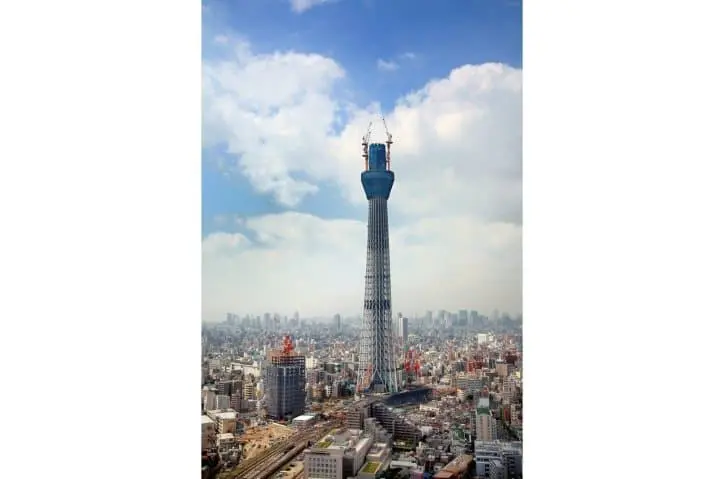
Taken on August 25, 2010. Picture courtesy of Tokyo Skytree Town
The company responsible for TOKYO SKYTREE’s structural design was NIKKEN SEKKEI LTD. Thier ambitious task to construct a tower over 600 meters tall would be the first in the world. Numerous surveys and inspections (Japanese) were carried out from the beginning of the design’s preliminary stages.
For example, one of the surveys questioned what type of wind would blow at an altitude of 600 meters. Meteorological balloons were flown to research wind speed distribution at high altitudes. Additionally, an anemometer was installed in the steel tower for stationary observations.
Moreover, it's important for the design to be earthquake-resistant. In addition to subsurface investigations, research was conducted on the site’s geological structure roughly three meters underground to simulate conditions similar to earthquake tremors. These inspections took about two years to complete.
On July 14, 2008, construction finally began; it was completed in 1,325 days (the completion ceremony was held on March 2, 2012). The interior design from setting up furniture and appliances to staff training followed. The tower was opened to the public on May 22, 2012.
A Structure Showcasing Traditional Japanese Beauty
TOKYO SKYTREE fuses traditional Japanese aesthetics with neo-futuristic architecture. What innovations were made to create the tower’s signature design and provide a safe structure to withstand disasters?
A Seamless Design Resembling a Large Tree

Befitting its name, the tower resembles a large tree. Its base is a triangular shape that gradually becomes round as it rises.
The triangular foundation adds stability to the structure. It also reduces the impact on its surroundings, minimizing the effect of shadows from the sun.
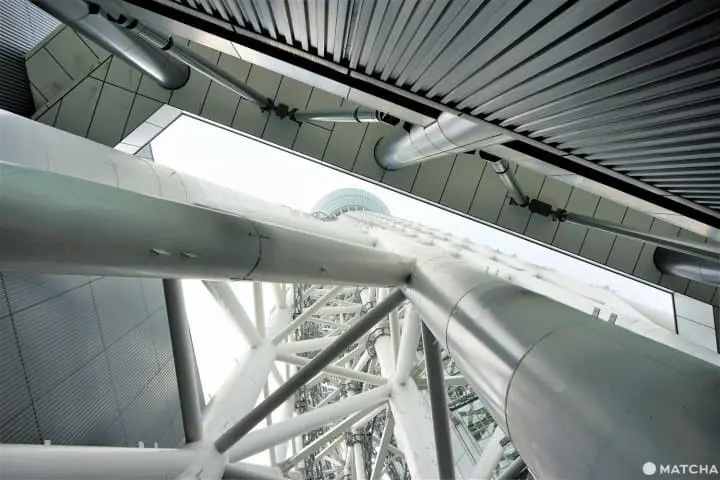
The silhouette of TOKYO SKYTREE features traditional Japanese architectural techniques called sori (*1) and mukuri (*2). These flexible curves create the tower’s dignified appearance and exquisite atmosphere.
*1 Sori: lines and surfaces that curve upwards (concave curves).
*2 Mukuri: lines and surfaces that expand upwards (convex curves).
Designed to Withstand Earthquakes and Typhoons
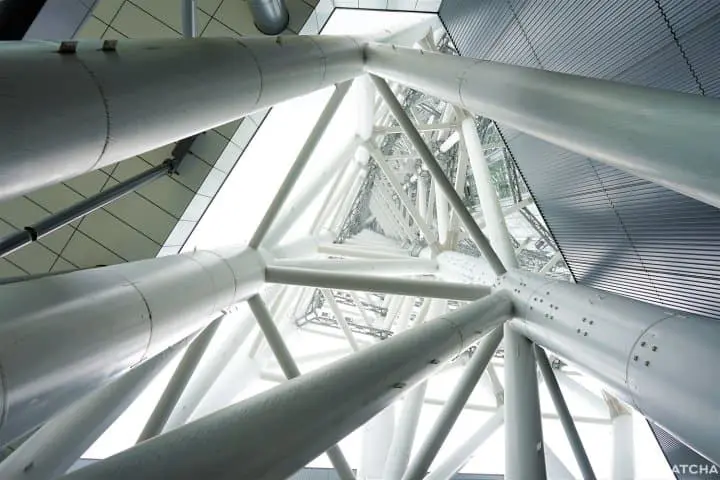
The tower has an internal skeletal structure created by multiple triangles. Based on the truss system, this architecture secures greater safety for high-rise structures.
Japan has strict design requirements for tall buildings because of natural disasters, namely typhoons and major earthquakes. According to a representative from NIKKEN SEKKEI LTD, “Truss structures do not have external walls; this allows wind to blow through them making them more resistant to typhoons and earthquakes, because they are lighter than a concrete tower. Since it was suitable for a broadcasting tower in Japan, we decided to use this system at an early stage.”
The representative continued, “However, it was a challenge to create the truss structure's 'shape' without any exterior walls. This was due to expectations that the design would showcase traditional Japanese structures. With several Japanese designers' assistance, we found that less is more and managed to perfect the current iconic silhouette. We would be thrilled if visitors could experience the beauty of Japan through this design that combines tradition and modernity.”
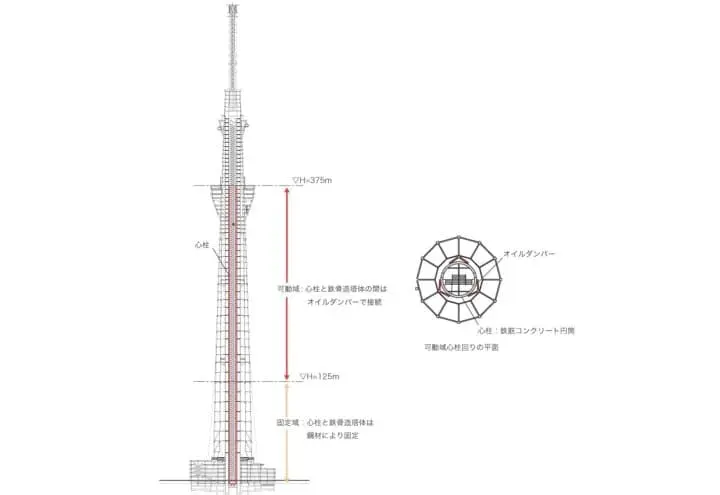
Diagram of the central pillar at the core of the tower's steel frame. Picture courtesy of NIKKEN SEKKEI LTD
The tower's construction was actually designed to be even more earthquake and wind resistant than usually required. This is because the tower is used by broadcasters in the metropolitan area. In the event of a natural disaster, information must be transmitted from this tower, which in turn becomes a lifeline for citizens.
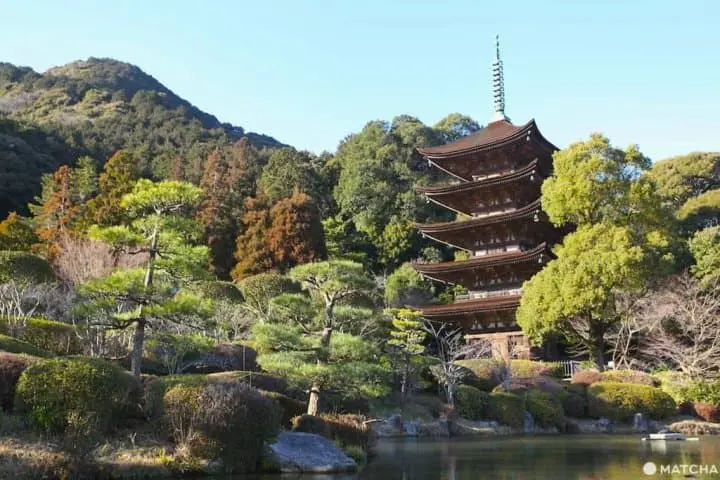
Picture from The Famous Five-Storied Pagoda Of Ruriko Temple In Yamaguchi
There has never been any five-storied pagoda—a common characteristic of Japanese temple architecture—to collapse during an earthquake. The secret is believed to be the shinbashira or central pillar. Similar to the pagoda's structure, TOKYO SKYTREE was constructed with a seismic control system called the Center Column Vibration Control (shimbashira seishin).
TOKYO SKYTREE’s structure consists of a central reinforced concrete cylinder (central pillar) at its center, and the tower's steel frame. This setup offsets the tower's tremors, as the central pillar and body shake at different periods. This system makes it possible to reduce up to 50% of the swaying during an earthquake.
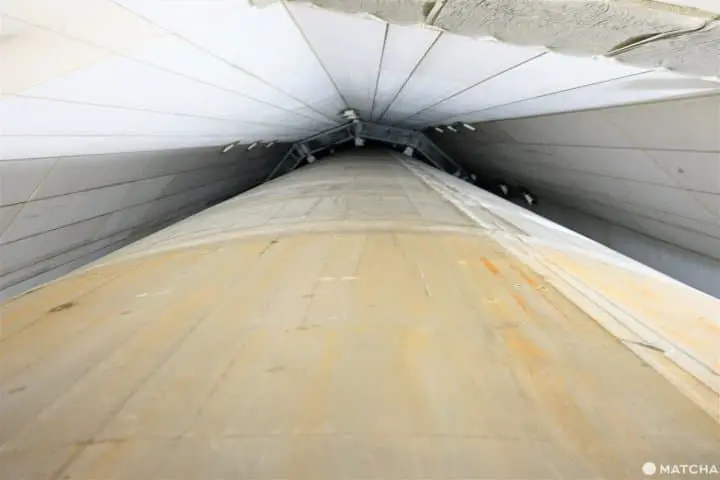
The central pillar has a diameter of eight meters and is 375 meters tall with a thickness that varies from 40 to 60 centimeters according to height. Steel is attached to the pillar up to 125 meters. The upper section of the pillar is affixed to oil dampers.
The purpose of an oil damper is to act as a cushion. It prevents the central pillar from colliding against the tower's body while swaying and vibrating.
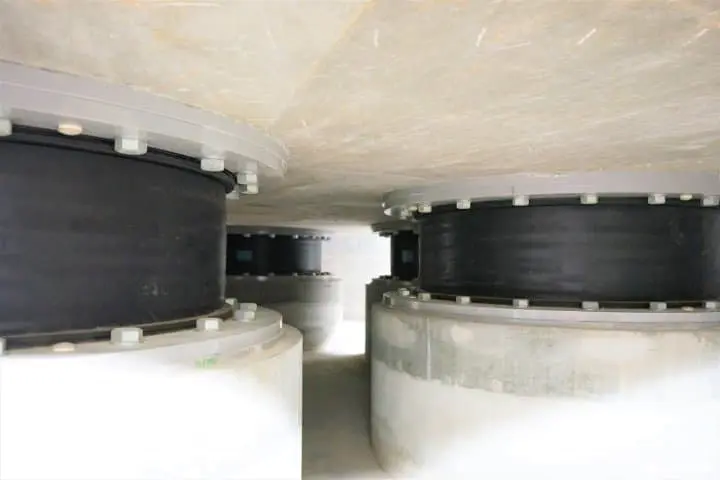
The bottommost part of the central pillar is supported by six anti-seismic bearings that are 1.4 meters in diameter. This prevents the pillar from coming into direct contact with the ground.
Additionally, there is an emergency staircase in the central pillar with two entry points. If you take the emergency staircase from the observation deck to ground level, it takes 40 minutes to walk from the Tembo Deck to the first floor. If exiting from the Tembo Galleria, it takes an hour.
Head to TOKYO SKYTREE GALLERY to Learn More
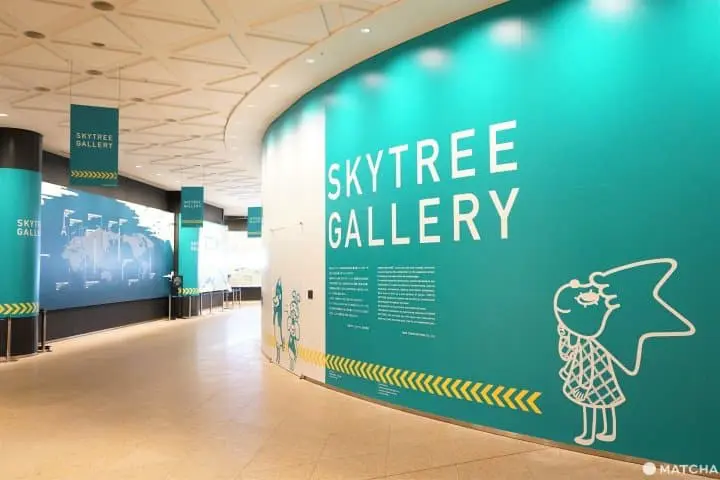
Interested in learning more about the story behind the tower’s construction and design? Visit SKYTREE GALLERY on the first floor! This is an exhibition corner featuring the TOKYO SKYTREE characters. Here, you can learn about worldwide towers, see shitamachi illustrations on the Sumida River Digital Picture Scroll, and much more.
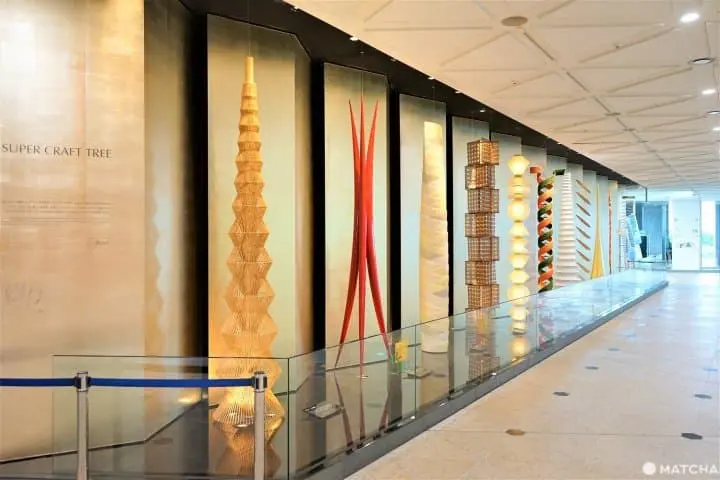
SUPER CRAFT TREE is an educational exhibition corner near the fourth-floor entrance. There are 12 themes—including sori, mukuri, and shinbashira—featuring the structural beauty of TOKYO SKYTREE visualized as artwork created with traditional craftsmanship from the shitamachi district.
Go up to Tembo Deck while Admiring Art Panels
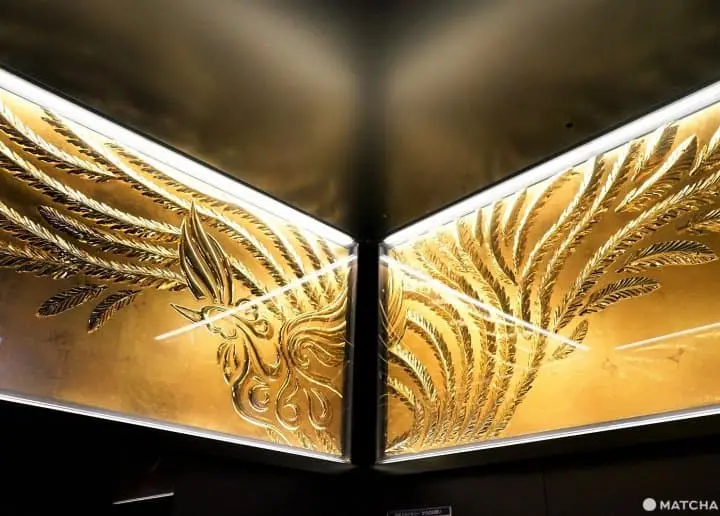
Let’s head to the Tembo Deck to understand TOKYO SKYTREE’s structure. The Tembo Shuttle, an elevator that will bring you up to Tembo Deck, is one of the world’s fastest high capacity (40 people) elevators, and travels at 600 meters per minute. Inside, it is decorated with art panels of seasonal sky themes.
Pictured above is the autumn panel called “Festival Skies.” Made from decorative metals, it is the same embellishment used in mikoshi, the portable shrines that make an appearance at festivals. The decorations will be different in each Tembo Shuttle. Try taking a different shuttle when you go down the tower!
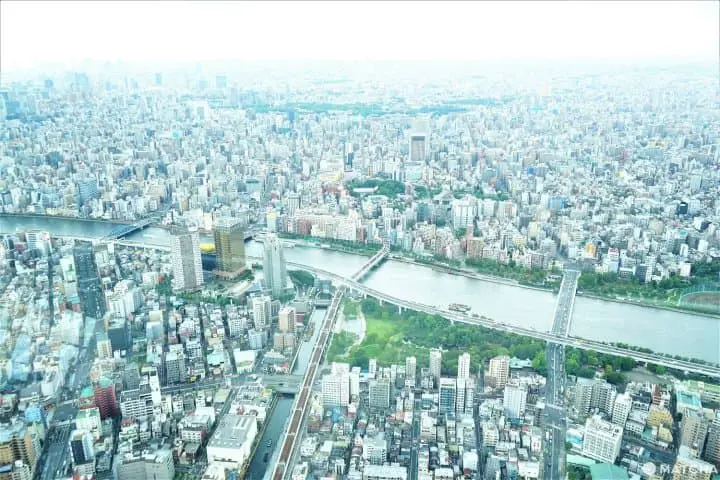
The Tembo Deck, located 350 meters above ground, has a panoramic view of Tokyo that extends far into the distance. You can spot Tokyo landmarks like Sensoji Temple in Asakusa, Roppongi Hills, and the Japan National Stadium from here. It’s also possible to see Mt. Fuji on clear days.
There are two Skytree Cafes on the Tembo Deck. Take your time enjoying the view while relaxing with a drink in hand.
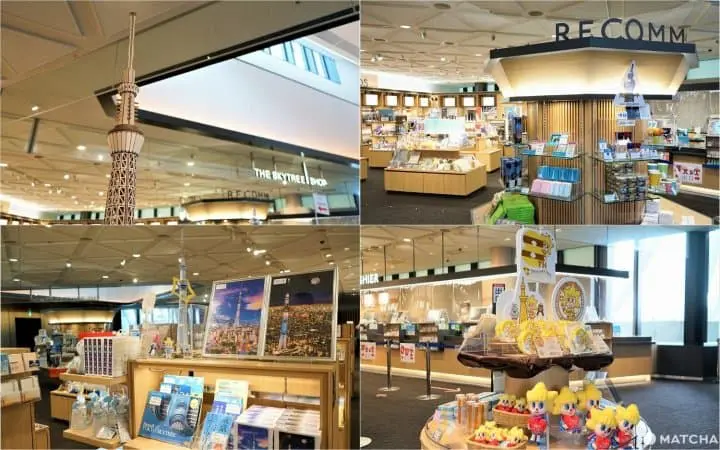
Once you leave the observation deck, why not drop by the shops on the first and fifth floors to look for souvenirs? There's an attractive array of products including TOKYO SKYTREE-inspired merchandise, toys, and traditional shitamachi crafts.
Admire the Shimmering Lights of TOKYO SKYTREE at Night!

At night, it's best to enjoy the tower's shimmering lights from a slightly further distance. In February 2020, the lights were upgraded with three types of illuminations representing traditional Japanese culture. Visitors can watch a dynamic multi-colored production.
Iki, a light blue tone, is inspired by the water flowing in the Sumida River. The lighting design has a flashing motion that represents strength. Miyabi, a royal purple inspired by the shade “Edo Murasaki," glistens like gold leaf and is characterized by its elegant movement that expresses time. Nobori, an orange considered to bring good luck, has a lively and energetic theme.
Information on the day’s lighting schedule is posted on Tokyo Skytree’s official website. Be sure to check the website before visiting.
A Cross Between Technology and Traditional Culture
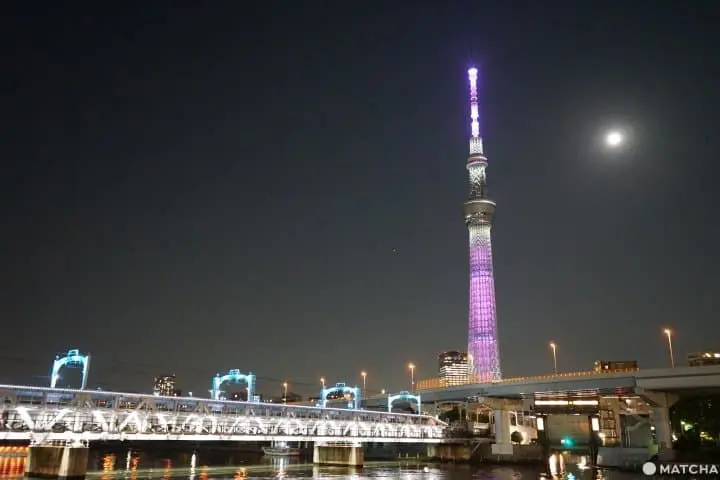
There are many ways to enjoy the TOKYO SKYTREE, whether you're admiring it from afar or viewing Tokyo's cityscape from within. Learning about the history of its construction and structure adds another element to the experience. If you’re in Tokyo, be sure to visit Tokyo Skytree to see its cutting-edge structure fusing traditional Japanese culture.
Book your ticket to Tokyo Skytree's Observation Deck
Hotels near Tokyo Sky Tree
Read also
In cooperation with Tokyo Skytree Town
Main image courtesy of Tokyo Skytree Town
Ramona, English content editor at MATCHA since 2016, has been practicing ikebana flower arrangement (Ikenobo School) and tea ceremony (Omote Senke) since 2012. She arrived in Japan in 2012 as a graduate student with a focus on Japanese literature and performing arts. As a travel editor and writer, Ramona has visited and documented 40 of Japan's prefectures with a focus on art, history, traditional Japanese crafts, and performing arts.



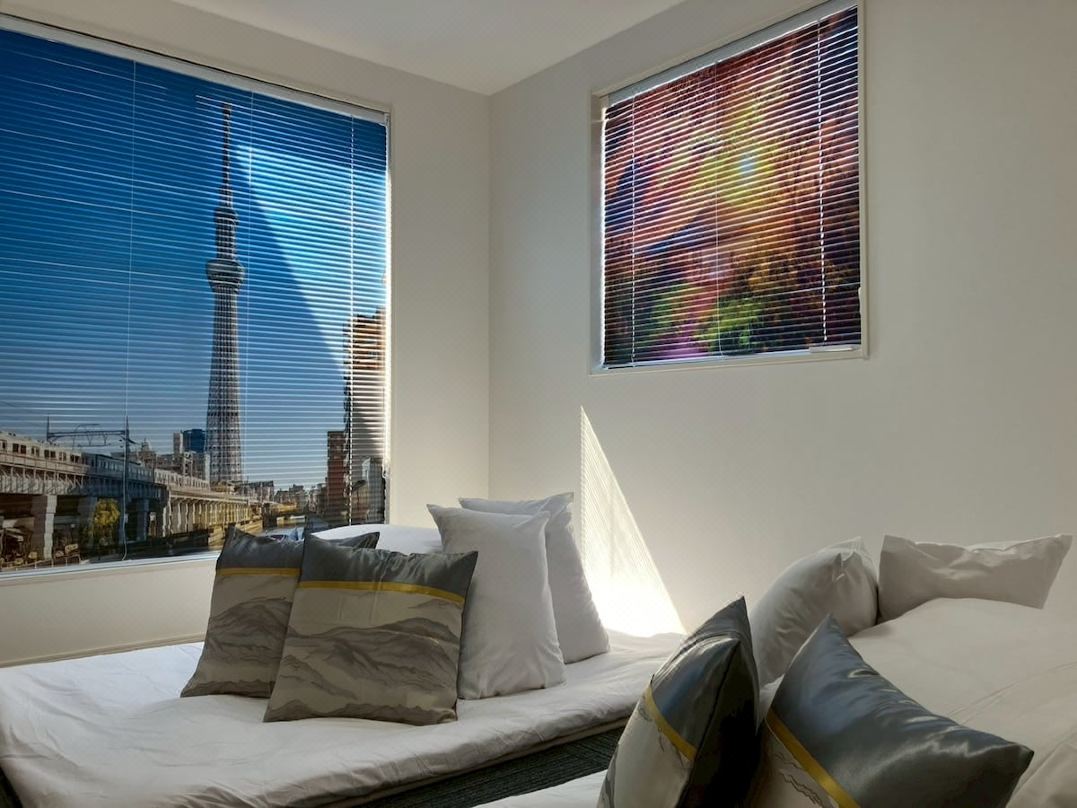


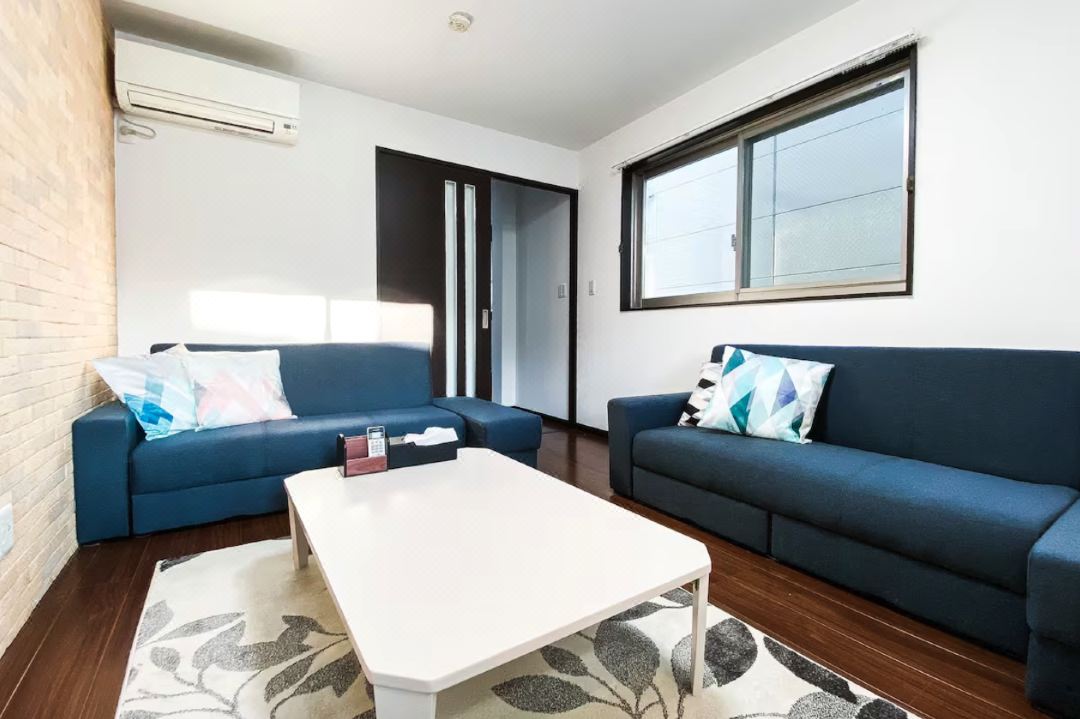








































![[Corporate Visit List] Near Kansai Airport! Discover Japan’s Technology and Business Philosophy through Industrial Tourism](https://resources.matcha-jp.com/resize/720x2000/2024/12/13-215168.webp)
![["Secret Beauty: The Complete Works of Komura Setsutei" ~ March 1, 2026] "Abeno Harukas Art Museum"](https://resources.matcha-jp.com/resize/720x2000/2026/01/09-255274.webp)